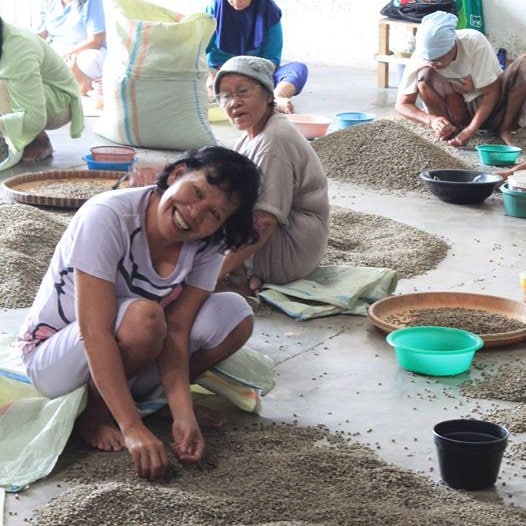

Notes of blackberry, vanilla, dark chocolate, and strawberry with a delicate body and a creamy texture were present in the cup. I was pleased with the outcome of the Diedrich roast which mirrored the initial sample roast in many ways. I dropped the batch into the cooling tray at 11:16 with a development time ratio of 16.3%.

I was happy with the declining rate of rise and momentum that would carry the roast out until finish. No other heat adjustments were necessary once hitting first crack. Aromas of dark chocolate and blackberry were present while in the development phase. First crack was audible but not overly aggressive or loud. My last heat adjustment was at 8:25 into duration and lowered to 25%.Īt 9:26 and 390 degrees Fahrenheit I reached the development phase of the roast. Preparing for a later first crack I began to reduce heat down to 35%. I had good momentum and reduced heat to 50% at 6:24. This Sumatra offering was not as dense but took heat well. The coffee’s reaction in maillard was smooth and even. Moving out of the drying phase, color change was marked at 5:26 into duration. Just under three minutes I increased heat application to 75% to gain momentum and at 4:59 into duration I increased drum airflow to 50% to accentuate the sweetness and brightness. I came in with 50% heat applied and reached turning point 1:28 into duration. I charged our Diedrich IR-5 to 384 degrees Fahrenheit and released the 9-pound batch into the drum. Being able to achieve a slightly longer maillard phase while keeping the development phase slightly under two minutes would still give me the ability to stretch the roast out and maximize flavor development.

This is the most cohesive and nuanced Sumatra natural I have ever tasted. After tasting a sample roast of a natural processed Sumatra Gayo Lues with integrated flavors of blackberry and vanilla I began thinking about an approach that would highlight the complex flavors, crisp acidity and delicate body that was present in the cup.


 0 kommentar(er)
0 kommentar(er)
